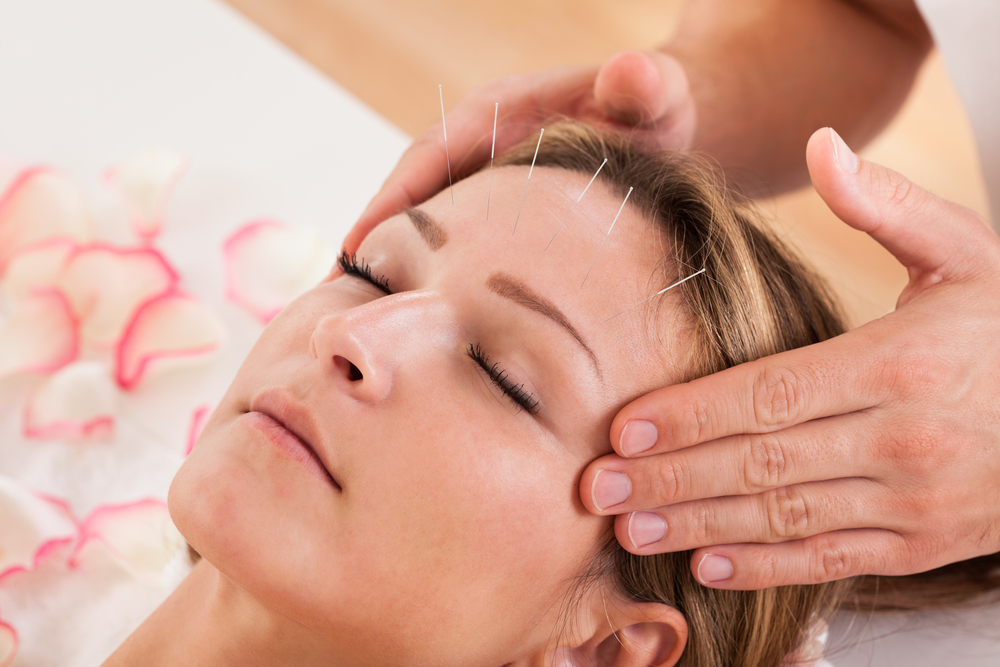
Dry Needling vs Acupuncture
When most people are asked to name a medical technique that involves the insertion of thin metal needles into the skin, they will say acupuncture. What most people don’t realize is that there is a similar technique called dry needling that has also been developed to treat pain but is based on a completely different set of medical concepts.
It is difficult at this point to accurately judge if acupuncture or dry needling is a more effective form of pain therapy because there is limited scientific research into both methodologies. Neither has been a widely used treatment in the West for long, so the medical community is only now beginning to seriously investigate their efficacy.
The History of Acupuncture and Dry Needling
The beginnings of acupuncture are somewhat mysterious. Some historians believe that the roots of acupuncture extend back to the Stone Age when early man used sharp stones to drain abscesses, but others argue that the practice originated in China during the Ming Dynasty (1368-1644).
Acupuncture arrived in the West in the 17th century when Europeans first encountered practitioners. This pain relief treatment didn’t truly arrive in the United States until 1972 when President Nixon witnessed the practice on his visit to China.
By 1997, the National Institutes of Health had approved the use of acupuncture for many health problems. At that time more than 40 states had established licensing procedures for acupuncturists.
On the other hand, dry needling originated much more recently. In the 1940s, Doctors Janet Travell and David Simons injected analgesics, steroids and saline into myofascial trigger points. However, it wasn’t until 1979 when Dr. Karel Lewit used “dry” needles, i.e. without medicines, to treat muscle pain.
The Philosophies Behind Acupuncture and Dry Needling
Despite their similarities, acupuncture and dry needling developed along two very dissimilar tracks. Acupuncture is based on the Eastern philosophy of chi, an energy that flows through all living beings. The insertion of needles was supposed to unblock stoppages where chi had ceased to flow and restore proper function.
Although there is no evidence that chi is real, ancient Eastern physicians may have stumbled upon an effective pain therapy. Acupuncture may actually trigger a powerful healing cascade that limits pain in some patients. However, many skeptics will argue that patients that respond positively to acupuncture are merely exhibiting the placebo effect, i.e. feeling less pain because they believe the therapy is working.
Unlike acupuncture, dry needling is based on empirical medicine. The key to dry needling is the myofascial trigger points which govern local twitch response. These trigger points have been identified using sound scientific investigative methods. How insertion of a needle into these trigger points relieves pain is not fully understood, but it is believed to disrupt muscle endplates that are activating muscle tension. This relaxation of the muscle promotes blood flow, oxygenation and natural opioid release.
Within the medical community there is considerable controversy over which treatment methodology is more valid. Despite lacking a sound medical foundation, acupuncture continues to gain credibility in the medical community because of centuries of success stories. That is partially why the American Medical Association recognizes acupuncture as a medical therapy.
In a similar vein, dry needling has a stronger scientific basis, but due to its relative newness and limited adoption among health care professionals, it must still prove its efficacy.
Which Pain Relief Method Is Better for You?
It is difficult to say if acupuncture or dry needling is more effective. Dry needling is primarily used to treat muscle pain and cramping, although it has been used to treat joint conditions and fibromyalgia. More importantly, dry needling is rarely used as a stand-alone pain management therapy; it is almost always used in concert with other physical therapy techniques like strength exercises, hot and cold therapy or ultrasound.
Acupuncture, on the other hand, is used to treat a broad range of health conditions including
- Arthritis
- Insomnia
- Depression
- Migraines
- Nausea
- Sciatica
- Sinus congestion
- Tinnitus
There has been much more scientific research into the efficacy of acupuncture than dry needling. Few of these studies, however, meet the highest standards of reproducibility, broad test populations and elimination of bias.
One 2017 study in the Annals of Internal Medicinefound that acupuncture did provide minor pain relief for patients with low back pain. Another meta-study in the Cochrane Database of Systematic Reviews found that acupuncture produced minimal symptom relief among migraine sufferers, but the test group was too small for a definitive conclusion. A paper published in JAMA Surgery reported that acupuncture delayed the use of opioid drugs following total knee arthroplasties. Similarly, there have been a few studies into the effectiveness of dry needling as a pain management technique. A 2017 survey of studies found that there was some modestly credible evidence among 218 reports that dry needling was more effective for pain management than a placebo. However, none of the



